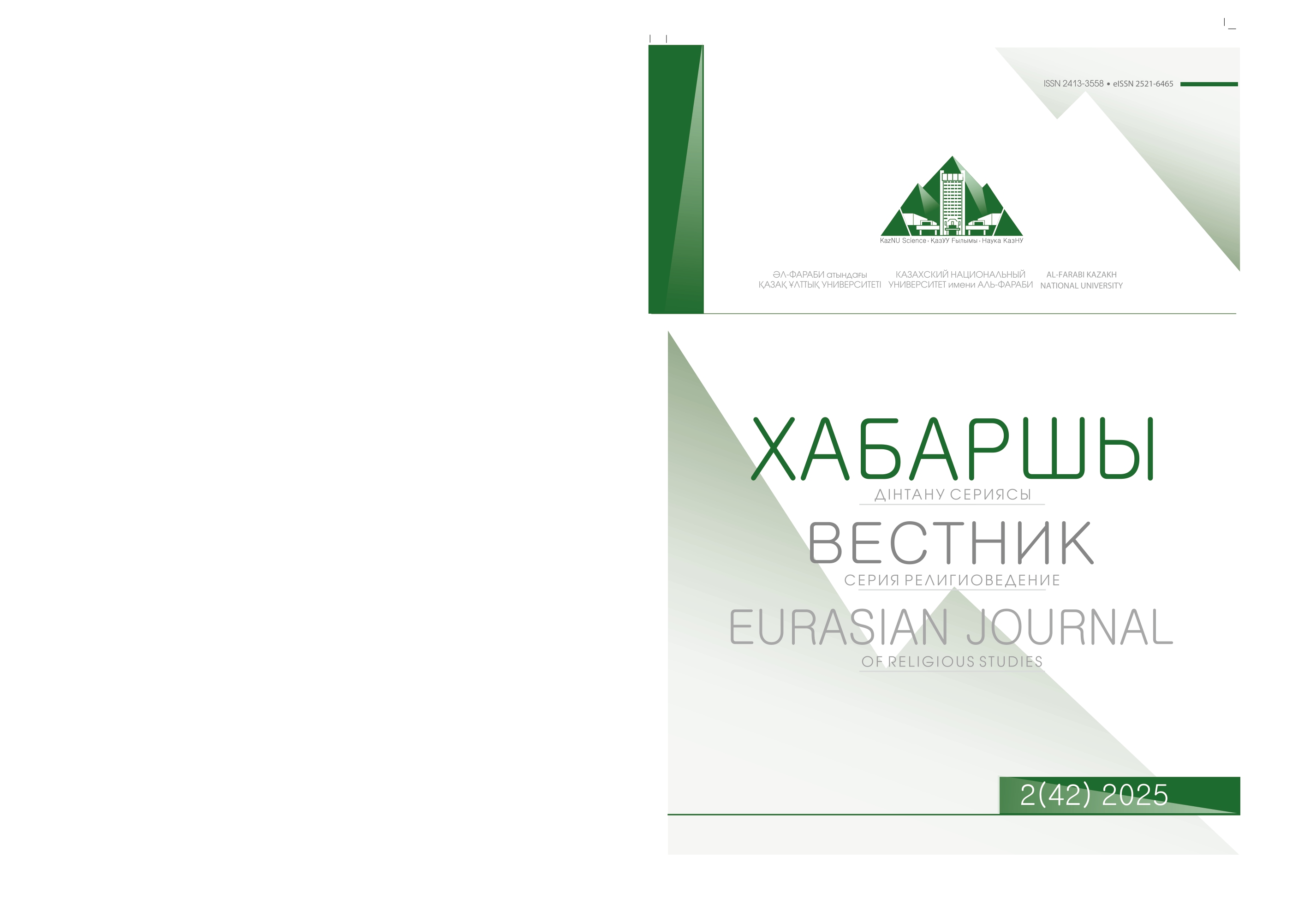The Evolution of Madrasah Development and Madrasahs in the Kazakh Steppe
DOI:
https://doi.org/10.26577//EJRS20254224Abstract
This article examines the historical evolution of madrasahs – authentic embodiments of the Muslim educational tradition that emerged in the 7th century – and their religio-cultural roles on the territory of Kazakhstan. The authors examine the influence of madrasas on the modern education system and their role in bridging traditional and contemporary learning. The study aims to clarify their contemporary religious and social significance by comprehensively describing the prerequisites for their appearance, their scientific and cultural contributions to medieval Islamic society, and their institutional transformation since independence. Methodologically, the research employs historical-comparative analysis, content analysis, and interpretation of archival sources. The findings provide a systematic overview of the stages at which Kazakhstani madrasahs developed their structural features, and curricular content, revealing their influence on the transformation of spiritual and cultural life; concrete examples demonstrate their rapid expansion in the south of the country and their contribution to the formation of the national intelligentsia. In the independence period, the revival of madrasahs with the support of the Spiritual Administration of Muslims of Kazakhstan, their elevation to college status, and the introduction of modern educational standards illustrate their role as integrating institutions that fuse tradition with innovation. The results expand the scope of research in Islamic studies, religious study, history, pedagogy, and cultural studies and offer practical guidance for improving religious-education policy.
Keywords: Religion, Islam, History, Madrasah, Religious Education




